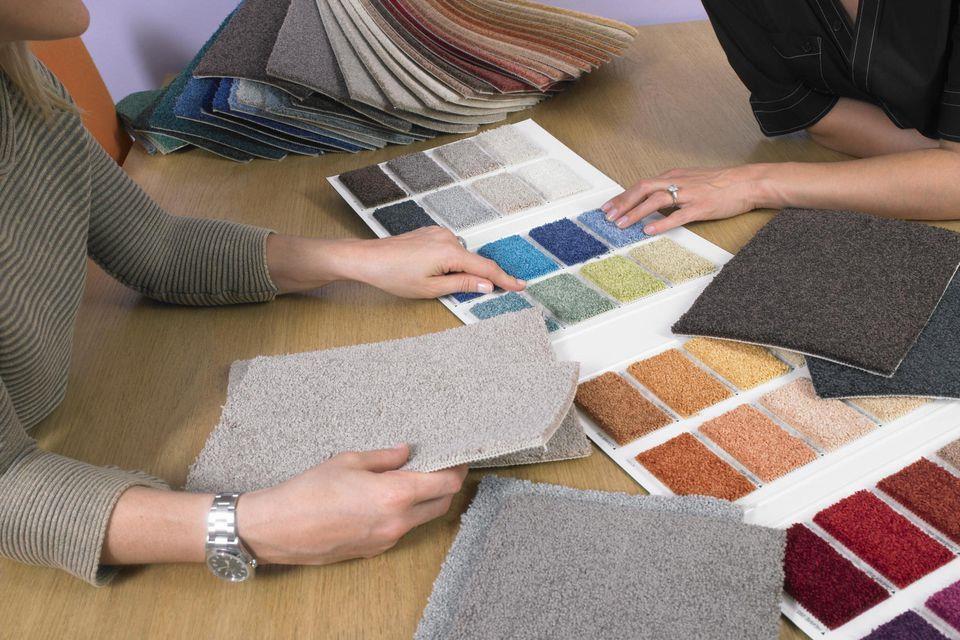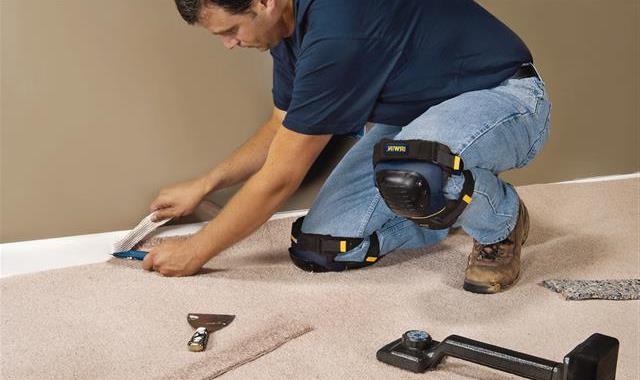Buying new / best carpet can feel overwhelming because there are so many choices and decisions to be made, from pile types to colours – the options are seemingly endless. To help you sort through the possibilities and ultimately find the best carpet for you and your home, you’ll want to consider the following.
Density. The closeness of the yarns in a carpet. Denser pile translates into better quality.
Fiber. The basic material in a carpet, fiber is either manmade (nylon, polyester, polypropylene/Olefin, acrylics) or natural (wool, sisal). There are five fiber types:
- Nylon. The most common fiber, nylon is durable and resilient. When treated, it offers good stain resistance and camouflages dirt. It is prone to static, however.
- Polyester. This hypoallergenic fiber is resists fading, withstands stains, and offers a variety of textures and colors. Some fibers are recycled from plastic bottles. However, it is susceptible to crushing.
- Poypropylene/Olefin. This carpet stands up to sunlight, bleach, and stains, but it is less resilient, which can cause crushing. Color selection tends to be limited.
- Wool. Along with lending a luxurious look and feel, wool purifies indoor air, inhibits dust mite and bacteria growth, and possesses inherent hypoallergenic properties. It is the most expensive type of carpet.
- Acrylics. Known as man-made wool, acrylic fiber offers the look and feel of wool at a lower cost. It resists static, moisture, mildew crushing, and stains. However, it is not durable enough to withstand heavy traffic.
Pad. Also called “cushion” or “underlay,” carpet pad is the thin foam, fiber, or rubber layer beneath carpets. It prolongs the life of a carpet, serves as an insulator, and adds comfort.
Pile. The visible surface of a carpet, pile consists of fiber tufts in loops that are either cut or uncut. Also called “nap.” There are four general types:
- Cut and Loop Pile. This style combines lower loops and higher cut piles on one surface, producing pattern, textures, and sculpting.
- Level Loop Pile. Short, even, densely packed loops create a durable, easy to clean surface. Berber, one type of level loop pile, typically contains flecks of dark color on a light background.
- Multilevel Loop Pile.Two or three varying levels of loops produce patterns both geometric and abstract.
- Cut Pile. Featuring loops cut to the same height, this common construction encompasses five styles:
- Saxony features tightly twisted cut piles standing straight up.
- Plush has closely packed tufts all the same length (longer than Saxony) for a smooth, luxurious surface. Also called “velvet.”
- Textured carpet mixes twisted and straight piles for a nubby look.
- Frieze is highly twisted with fibers curling in different directions for a highly textured look.
- Shag is a deep pile carpet with long strands that are slightly twisted and set farther apart for a shaggy appearance.
Source: https://www.hgtv.com/design/remodel/interior-remodel/carpet-101
 Carpet Guides All About Carpet Installing
Carpet Guides All About Carpet Installing 
